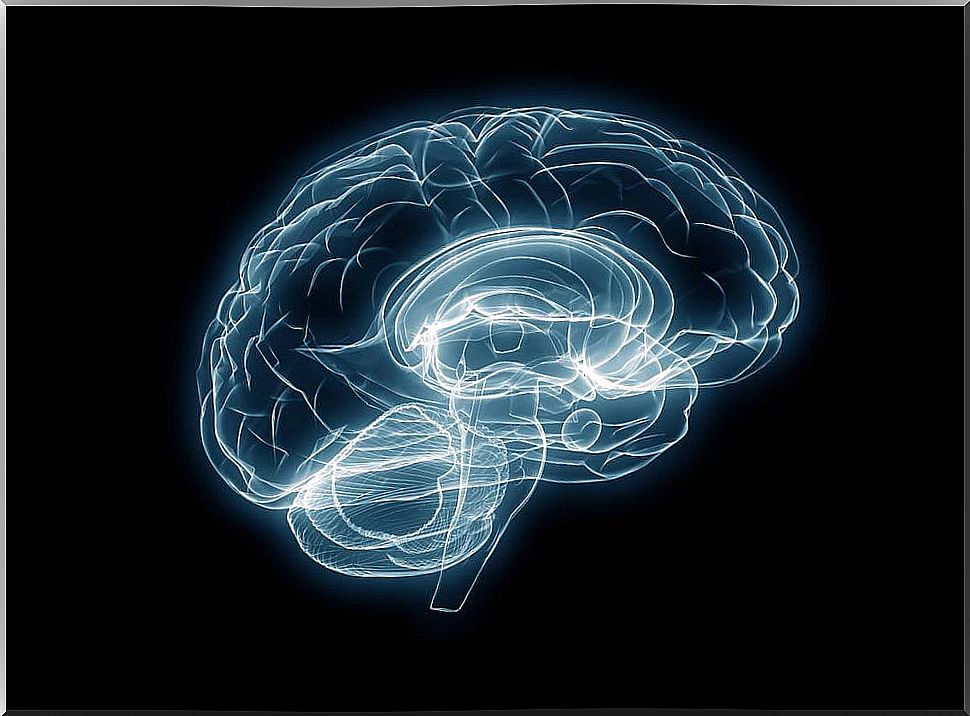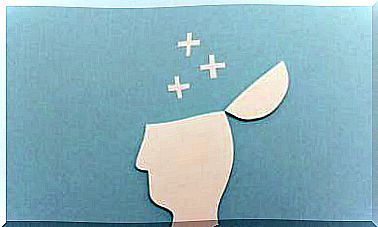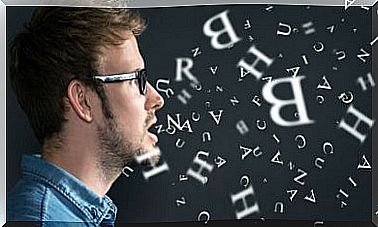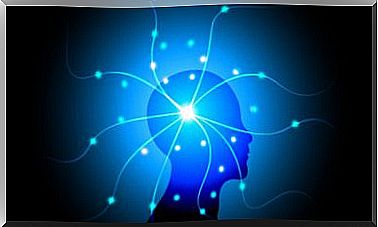The Blind Brain

There is a very important psychological process called “confirmation bias.” It is a tendency of the brain to favor certain information, which serves to support our opinions and beliefs and to discard anything that could potentially refute them. At the same time, it allows us to interpret the data in an ambiguous way, with the aim of continuing to “place chips” on our ideology instead of discarding it.
The information bias “blinds” us to the most confirmed evidence, perpetuates points of view at the wrong angle, eliminates everything that can attack the already armed belief system. One of the most serious consequences is the limitation when making correct decisions. This is so because having accurate and truthful information is a requirement “without equa non” to be able to act better.
The question that arises in the face of this is why does confirmation bias develop? It is good to know that our belief system is forming a “whole” with the data that it collects daily about others and ourselves. The experiences, opinions, experiences and beliefs are closely linked to each other, influenced by emotions. The brain can process information all the time, but that capacity is somewhat limited. In order to avoid “overflowing” with all the stimuli that he receives, he chooses to work with what he already has in his “database”.
It is for this reason that we have innate behavior or behavior patterns, which predispose us to act in certain ways and to minimize the task of processing external information.
According to the research of the cognitive psychologist Walter Riso, the information processing system of the human being is “economical”, since it regulates itself and adapts with what it has. This means that the mind supports itself with stereotypes, schemes, religious beliefs, political ideologies, prejudices, etc. That is the reason why we are “insensitive” and reluctant to new experiences or changes. In addition, this is why we make decisions based on the theories that we have already built over and over again.
Once the phenomenon of information bias has been explained, it is worth talking about its relationship to searching for data or bibliography, so to speak. The consequences of both processes affect the decisions we make or the ability we have to “disconfirm” what we believed. So, can we be able to look for unbiased information, which is not affected by the previous beliefs that we have about that subject? The answer, it seems, is negative. It is more than difficult for us to run away from previous experiences, expectations and emotions.
To combat information bias, it is necessary, in the first instance, to know that it exists and how it works. We need a more critical and analytical thinking, which allows us to realize the way we think.
Some tips to minimize the effects of information bias:
* Try to form a more global vision on a topic and know different arguments, for and against.
* Do not grant absolute credibility to a piece of information until you check or analyze it in depth.
* Take into account the interests that may be “hidden” in certain reports or theoretical or ideological frameworks.
* Consider the practical implications of each point of view.
* Analyze whether the information considered is dogmatic, encourages dialogue, allows an examination of different opinions, accepts the alternative, etc.
* Avoid the “impression” that achieves the excess of technicalities to discredit other points of view.
* Never limit the search for information to the same discipline, area, gender, etc.
* Assume that there are various theories on a particular topic and that the “fashionable” perspective may be less accurate but more popular.
* Checking every point of view can be a job impossible for one person to do. It is good to seek help and collaboration from others (people you trust).
* Take time to examine a point of view, as not all arguments can be absorbed with the same ease.
Photo courtesy of Jezper









